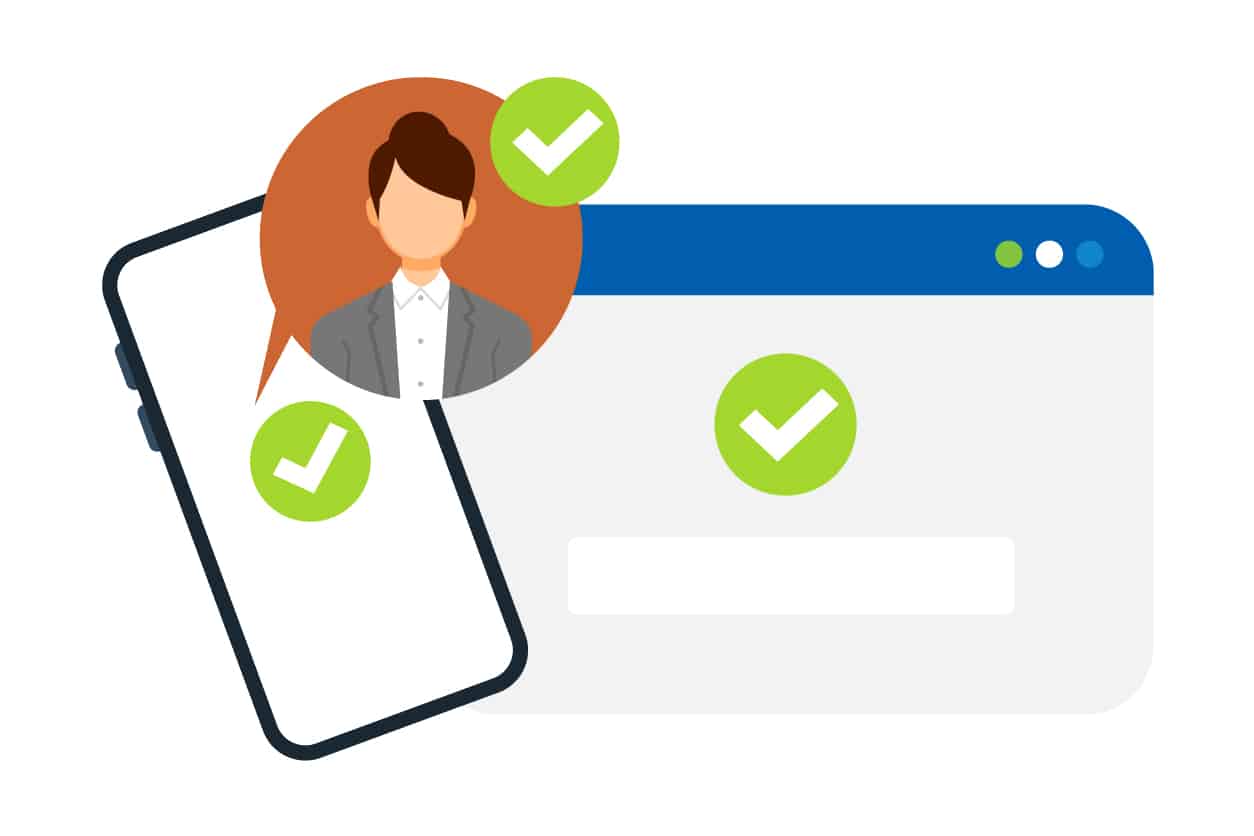Authentication is the process of identifying an individual, usually based on a username and a password. It is a security measure used to verify the identity of a user and to prevent unauthorized access to a system. Authentication is commonly used to protect sensitive data, such as bank accounts or personal information, from unauthorized access.
Authentication involves a two-step process. First, a user must provide a username and a password to gain access to the protected system. The user’s credentials are then verified against an authentication database. If the credentials match, the authentication process is successful and the user is granted access to the system. If the credentials do not match, then the authentication process fails and the user is not allowed access.
Authentication is an important part of many computer systems and networks. System administrators use authentication to protect their networks and systems from unauthorized access, while computer users use authentication to protect their personal data. Authentication is also used to ensure the integrity of data and processes on a system.
In addition to passwords, other forms of authentication are in use. Multifactor authentication, for example, combines two or more methods of authentication, such as passwords, biometric data, personal identification number (PIN), answer security questions, or something else. Biometric authentication is a method that uses a physical attribute of a person, such as fingerprints or facial features, to recognize the identity of a user.
The use of authentication is often part of a comprehensive security strategy that also includes other measures, such as encryption, firewalls, and anti-virus software. System administrators and computer users must recognize the importance of authentication and remain vigilant to ensure that their systems remain secure.






